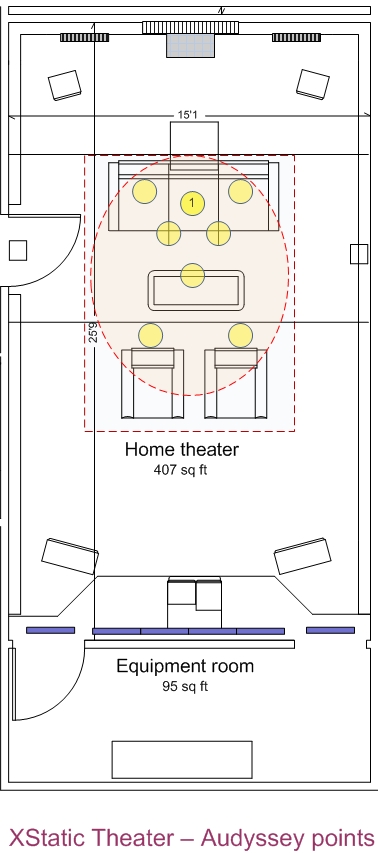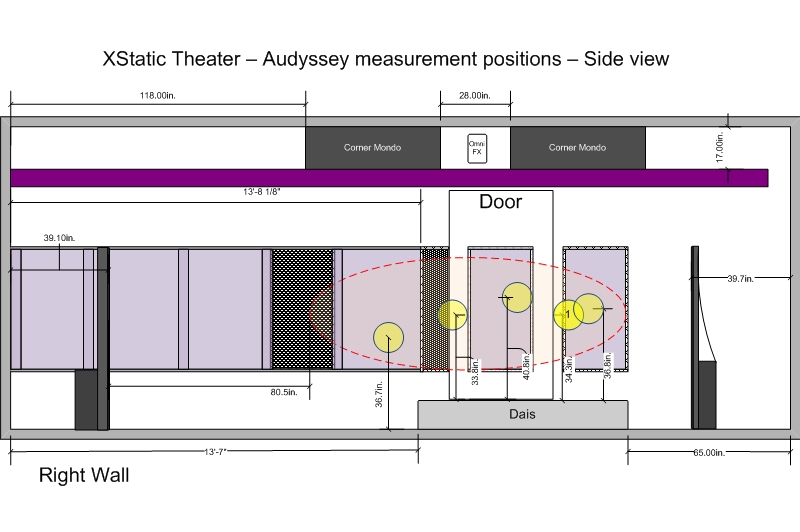This thread will cover the topic of how to accurately measure and setup a MartinLogan based system using modern room correction systems, such as Audyssey, found on many new processors and receivers.
The thread will primarily be about the measurement process, but it will also cover certain setup and room-related issues that have a strong bearing on the how well the room correction will ultimately perform.
The first thing to say is that one of the most important aspects here is the actual measurement process itself. I can’t stress enough that how the mic is handed, and where it’s placed during the sequence has a huge impact in the resulting outcomes.
The analogy is that you can take a top-notch D-SLR camera, and if you try and shoot straight into a light, or with sun streaming in at an angle into the lens (lens flare), the pictures will have unnatural anomalies in them. It’s not that the camera can’t take good pictures; it’s that the operator exceeded the reasonable limits of the system. Proper care in how it’s used will result in great pictures.
Same with these modern ‘automatic’ room correction devices, it’s all in how you provide them input.
Before we get started, If you are wondering what a ‘room corrector’ is, here’s a post I did on Audyssey. http://www.martinloganowners.com/~tdacquis/forum/showthread.php?p=94363&#post94363
The thread will primarily be about the measurement process, but it will also cover certain setup and room-related issues that have a strong bearing on the how well the room correction will ultimately perform.
The first thing to say is that one of the most important aspects here is the actual measurement process itself. I can’t stress enough that how the mic is handed, and where it’s placed during the sequence has a huge impact in the resulting outcomes.
The analogy is that you can take a top-notch D-SLR camera, and if you try and shoot straight into a light, or with sun streaming in at an angle into the lens (lens flare), the pictures will have unnatural anomalies in them. It’s not that the camera can’t take good pictures; it’s that the operator exceeded the reasonable limits of the system. Proper care in how it’s used will result in great pictures.
Same with these modern ‘automatic’ room correction devices, it’s all in how you provide them input.
Before we get started, If you are wondering what a ‘room corrector’ is, here’s a post I did on Audyssey. http://www.martinloganowners.com/~tdacquis/forum/showthread.php?p=94363&#post94363
Last edited:















